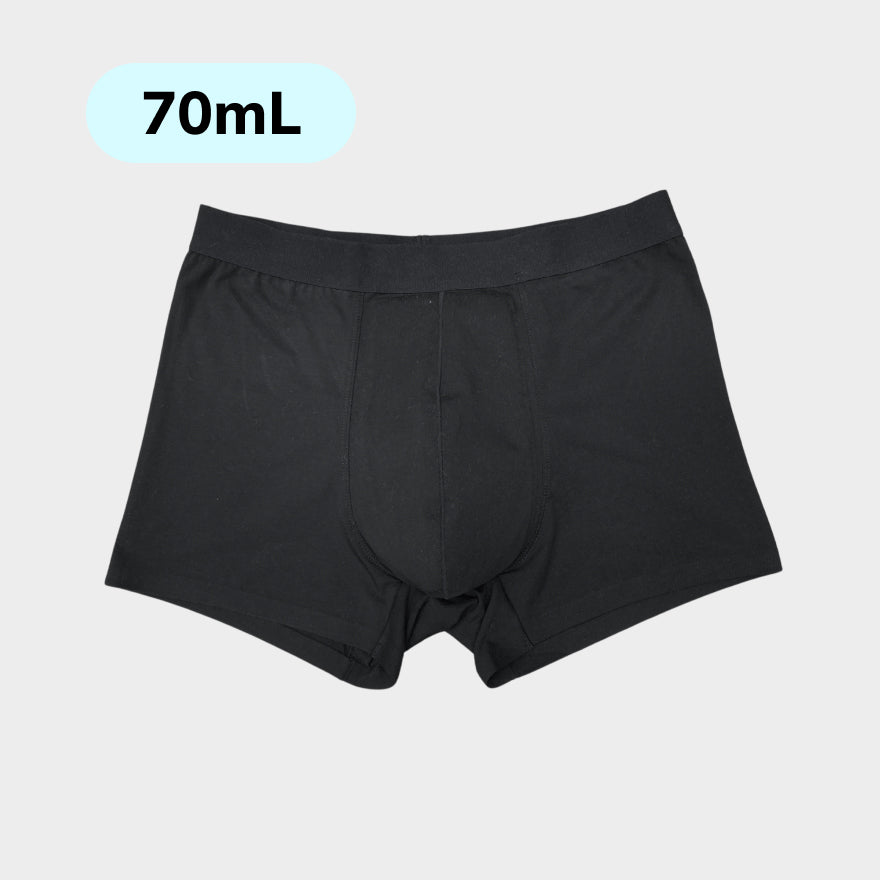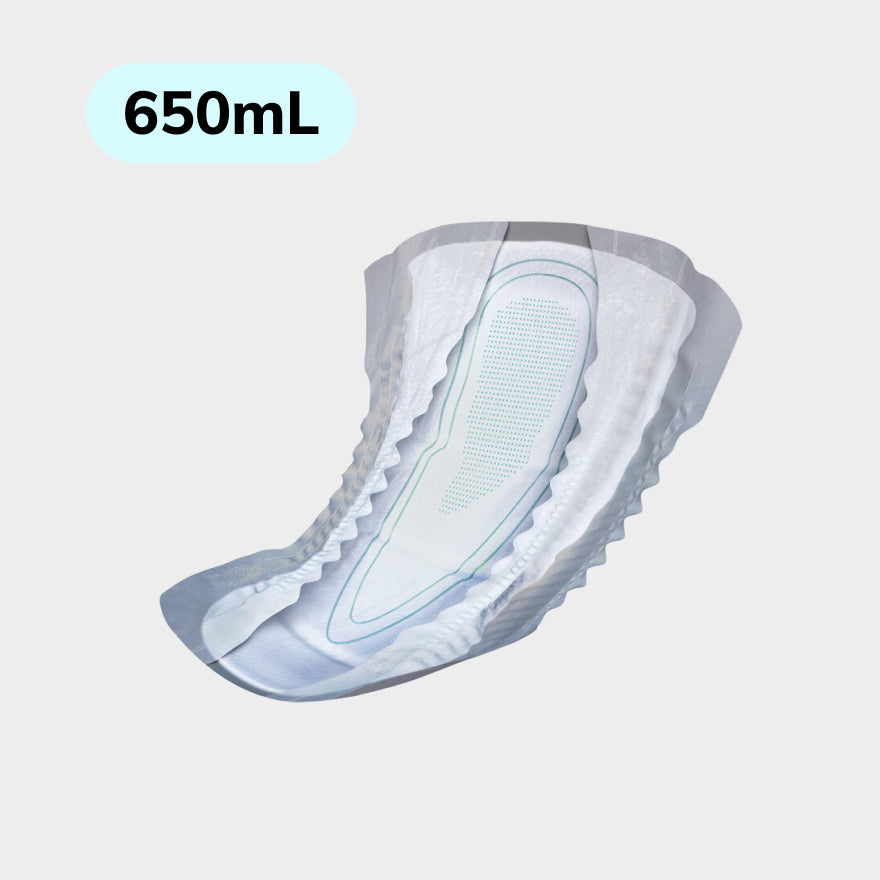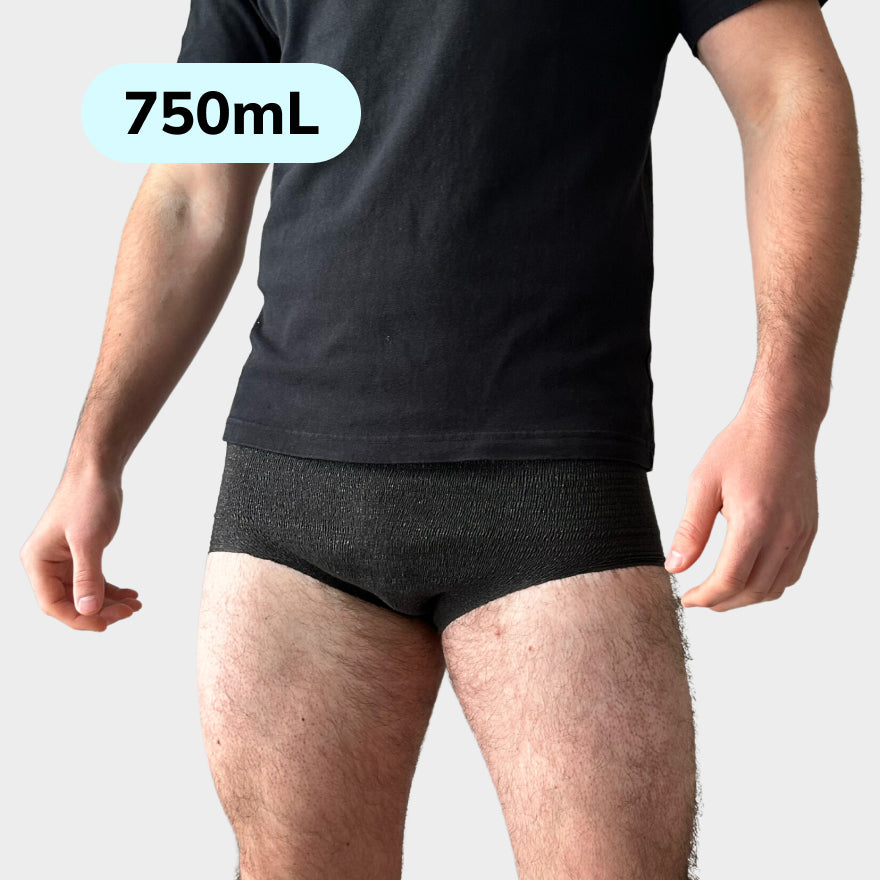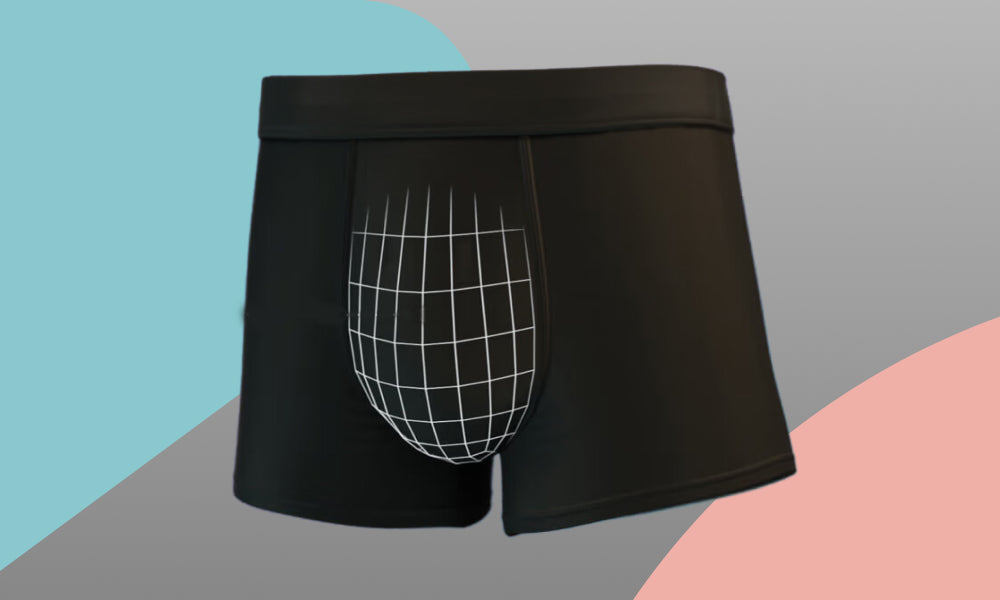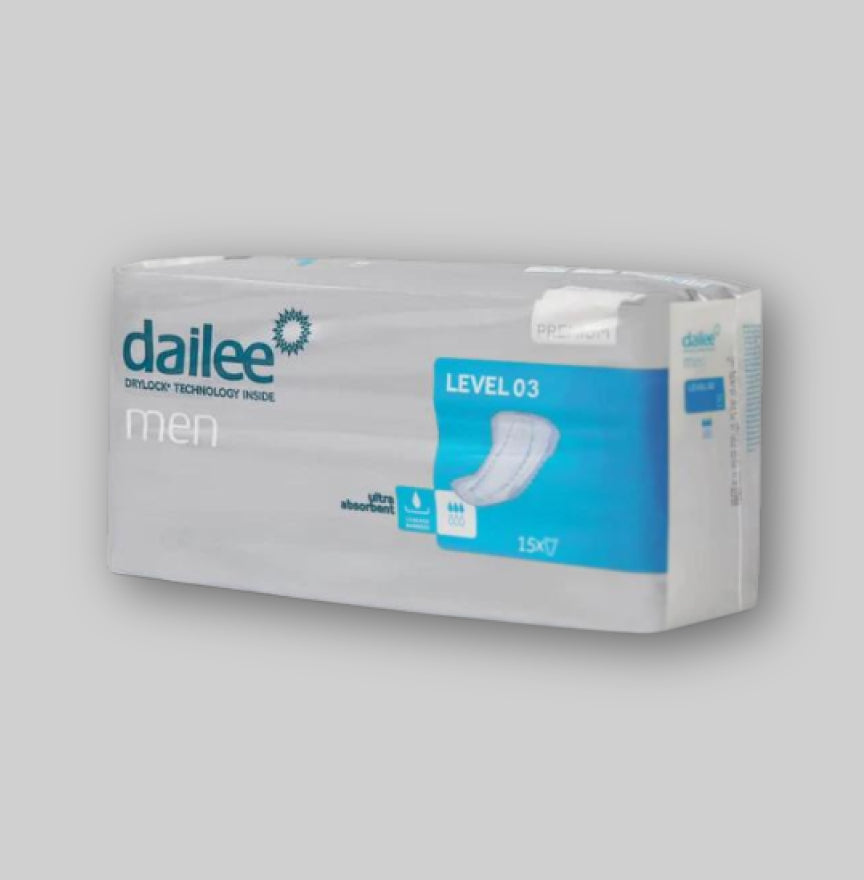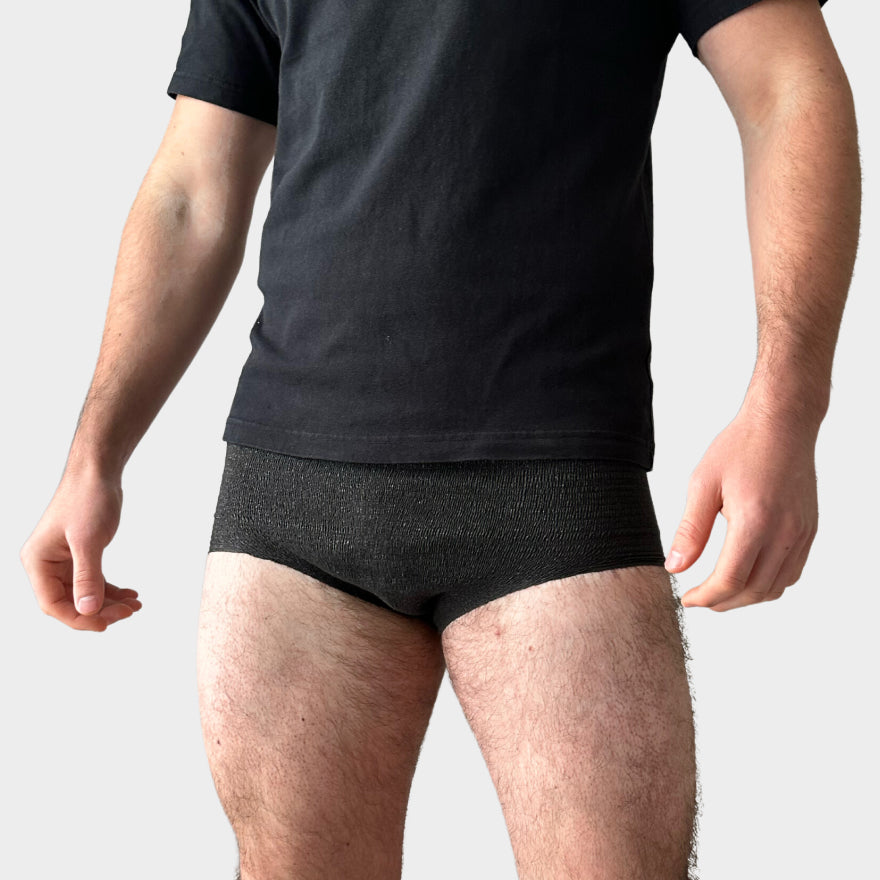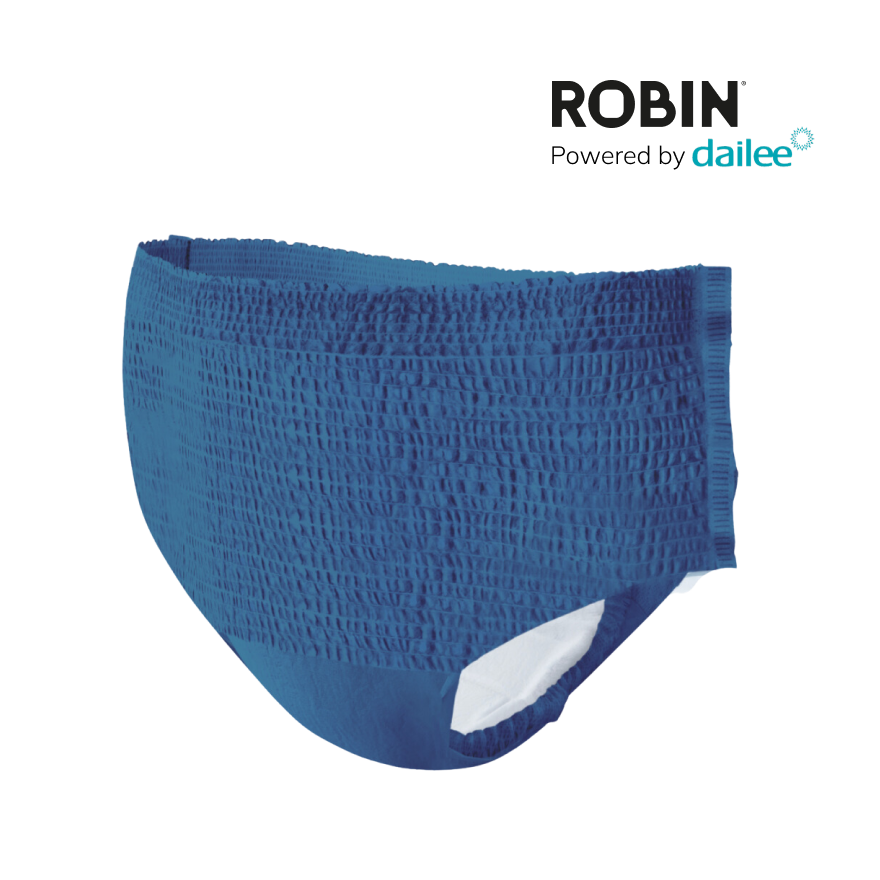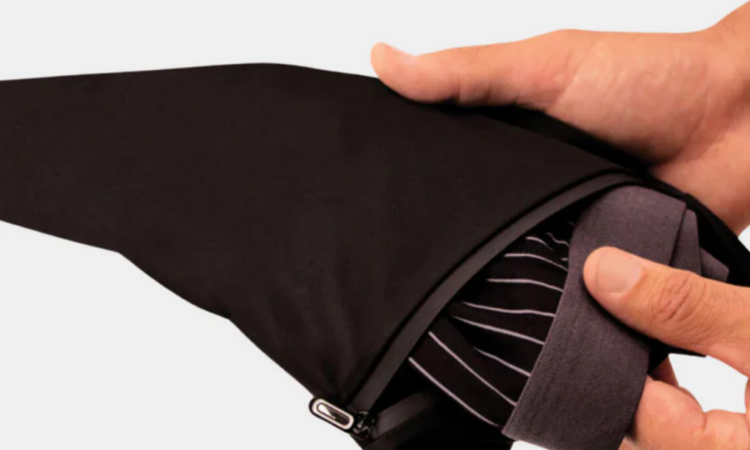In our modern age, the health of our bodies is becoming increasingly important. One topic that is often overlooked, but vital to many, is incontinence. Incontinence can be a challenging condition that impacts people’s daily lives, but fortunately, there is hope and support available. In this article, we will delve deeper into what incontinence is, the different types, causes, treatments, and how to manage this condition.
What is Incontinence?
Incontinence is the inability to hold urine or feces, resulting in involuntary loss of urine or fecal leakage. This can range from mild leakage to complete loss of bladder or bowel control. It is important to note that incontinence is not a disease in itself, but rather a symptom of an underlying condition.
Types of Incontinence
There are different types of incontinence, each with their own characteristics and causes. The main types are:
1. Stress incontinence
Stress incontinence occurs when pressure is put on the bladder by, for example, coughing, sneezing, laughing or lifting, leading to involuntary urine loss.
2. Urge incontinence
Urge incontinence , also called overactive bladder, is the sudden and uncontrollable desire to urinate, often resulting in urine leakage before reaching the toilet.
3. Overflow incontinence
Overflow incontinence occurs when the bladder cannot empty completely, causing continuous urine leakage.
4. Functional incontinence
Functional incontinence is the inability to go to the toilet in time due to physical or mental limitations, such as dementia, mobility problems or intellectual disabilities.
5. Mixed incontinence
Mixed incontinence is a combination of different types of incontinence, such as stress and urge incontinence.
Causes of Incontinence
Incontinence can be caused by several factors, including:
-
Weakened pelvic floor muscles: Pregnancy, childbirth, heavy lifting, or aging can weaken the muscles that support the bladder, leading to urine leakage.
-
Neurological conditions: Conditions such as stroke, multiple sclerosis (MS), or Parkinson's can damage the nerves that control the bladder and sphincter muscles, causing incontinence.
-
Medications: Some medications, such as diuretics, can increase the frequency of urination, which can lead to incontinence.
Treatments for Incontinence
Fortunately, there are several treatments available to manage incontinence and improve quality of life:
1. Pelvic floor therapy
Pelvic floor therapy involves exercises to strengthen the pelvic floor muscles and improve bladder control.
2. Medication
Medication may be prescribed to regulate bladder function and reduce urine leakage.
3. Surgery
In severe cases, surgery may be considered to address the cause of incontinence, such as repairing weakened pelvic floor muscles or inserting an artificial sphincter.
4. Tools
Incontinence products , such as absorbent pads or diapers, can help manage urine leakage and maintain dignity.
Coping with Incontinence
In addition to medical treatments, there are also several tips and strategies that can help deal with incontinence:
-
Healthy lifestyle: Maintaining a healthy weight, getting regular exercise, and avoiding caffeine and alcohol can help reduce the symptoms of incontinence.
-
Bladder training: Training the bladder to hold urine longer can help reduce the frequency and urgency of urination.
-
Using aids: Wearing incontinence products can increase confidence and help manage leakage.
Conclusion
Incontinence is a common problem that can have a major impact on people’s lives, but there are a number of treatments and strategies available to help manage symptoms and improve quality of life. By taking the right approach and seeking professional advice, people with incontinence can live active, fulfilling lives.
